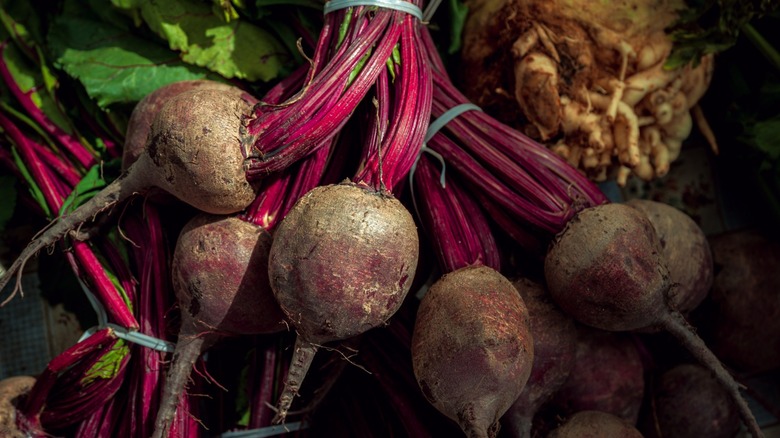It’s not just health-conscious juice bar regulars who are getting their daily dose of beets. Out in the fields, farmers are consuming beet juice by the gallon, but they’re not guzzling it — they’re putting it in their tractor tires. It’s a clever, eco-friendly solution to an old problem: tire ballast.
Beet juice, branded under several different names, has been used for over 25 years as liquid ballast in tractor tires to add weight, improve traction, and lower the center of gravity for better stability. This dense liquid is pumped into tires to give farmers better control when working on uneven terrain or when hauling heavy loads. Since beet juice is heavier than water and won’t freeze in subzero temperatures, it’s especially popular in colder climates.
Before anyone asks, the beet juice used in tires isn’t the same you’d drink to get more antioxidants in your diet. This beet-derived liquid tire ballast is a byproduct of sugar beet processing, so it’s not only highly effective but sustainable, giving new use to a substance which would normally only be waste. This isn’t a new trend; Scientists in Bavaria have tested out ways to use pickle brine to clear snowy roads, and in some northern U.S. states, crews are clearing their roads with a natural mixture also made from the humble beet.
Why we’re rooting for beet juice
There are several less expensive options for liquid ballast, but beet juice stands out from the crowd for a few reasons. Compared to traditional options like calcium chloride, beet juice is far less corrosive and safer for both the equipment and the environment. This is a win-win for farmers who want to extend the life of their tractors without sacrificing performance. Windshield washer fluid is another beet juice competitor. It does have antifreeze properties and is cheaper upfront, but it’s also toxic to people and animals, flammable, and contains chemicals you wouldn’t want soaking into your soil.
Beet juice has the edge in weight, safety, and eco-friendliness. It weighs around 11 pounds per gallon, which adds a significant amount of ballast without the dangers of corrosion or chemical toxicity, and resists freezing all the way down to temperatures of -35 degrees. With practical solutions top of mind for farmers, it’s not surprising that a simple product like beet juice is such a common choice. They know more than most that things don’t have to be complicated to be good, especially when it comes to their equipment.
Classic tractors from the 1980s are regaining popularity, and when paired with a longevity-friendly ballast solution like beet juice, these old workhorses are proving they still have plenty of life left in the field. So, while your doctor might claim that this bright red, vaguely dirt-tasting vegetable is good for your heart, your local farmer will tell you that it’s even better for traction. There. That’s a thing you know now!



